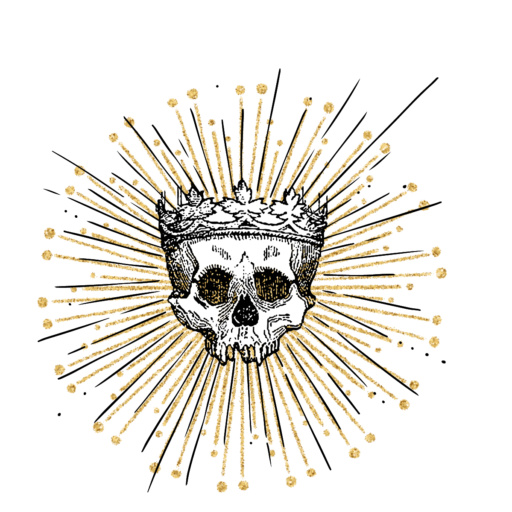What It Means To Diefeatured
Death is a subject that we are all familiar with, and yet collectively struggle to embrace as an inevitable outcome of coming to life on planet Earth.
In colonial Western culture, Death is understood as the ultimate end; deserving of the utmost apprehension. So we avoid it. We refuse to acknowledge its omnipresence and its inevitability. We live day to day as if we will never run out of time—with ourselves and all that we cherish.
This perspective seeps into our perception of constructs beyond our own individual existence.
For example, those ways of life that throw us into the depths of suffering—those collective actions driven by collective (mis)understandings that bring harm to the greater whole. We struggle to picture life without it. We struggle to embody who we could become if the ways we currently live were to die.
As if Death will never find them.
It is an enduring truth that all things must come to an end. Change is inevitable. We understand change as Death. Thus, this too brings apprehension.
The threat of the unknown is one of the greatest we will ever face. For we cannot prepare for that which we fail to perceive. The experience of Death, of change, is the greatest example of this. Yet, what if the failure to perceive was a choice–and we know more than we think we do?
When we remember that change is the very basis of life itself, that without change—without endings to bring new beginnings—life as we know it would have never come to be, we begin to see Death not as a dreaded, permanent end, but as a gift.
Our very existence is a perpetual state of dying and coming to life again.
Whether it be the cells in our body that constantly renew themselves for the sake of our functioning; the identities and relationships we must release to step into new ways of life that sing with our Soul; the people and places that fade from this Earth, going onto new journeys and leaving us behind to remember them as they existed here; or even mother Earth herself, constantly consuming decay and transforming it into new life.
Death walks alongside us in every aspect of our lives.
Death is intertwined with our Soul; a being who exists in an eternal state of Becoming.
We cannot learn and grow Beyond without experiencing the Death of the prior self.
The Soul existed before the body. The Soul gives life to the body. And when life leaves the body, it rejoins with the larger mass of the Soul.
We know that the Soul exists in a non-physical (i.e. energetic) form.
We know that heat and light—also known as energy—is the essence of life.
We know that cold and darkness is merely the absence of heat and light.
We know that when a body dies, it grows cold and loses its glow.
When the energy leaves the physical body, where do you think it goes? What does it become? Where did it come from in the first place?
We know that energy is not destroyed, only transferred or transformed. And we know that the mind is a manifestation of consciousness—totally lacking in physical characteristics—existing in a purely energetic form.
The final death that we experience in our earthly bodies is merely part of the Soul’s journey. In fact, our entire earthly experience is part of the Soul’s journey. And that is why we experience a million deaths before and after we breathe in our bodies for the last time.
What does it mean to die?
To die is to live. To live is to die.
It is the constant state of endings and beginnings.
There is no separation between the two.
Death is the catalyst for Life.
And Life is the catalyst for Death.
There is no need to fear that which you have been experiencing from the moment you gained consciousness in this Universe.
You have already died. That is why you continue to live.
Your loved ones have already died. That is how they found you—and why they never left.
Death holds All in her embrace. That is our guarantee of Life.
Previous
Next


